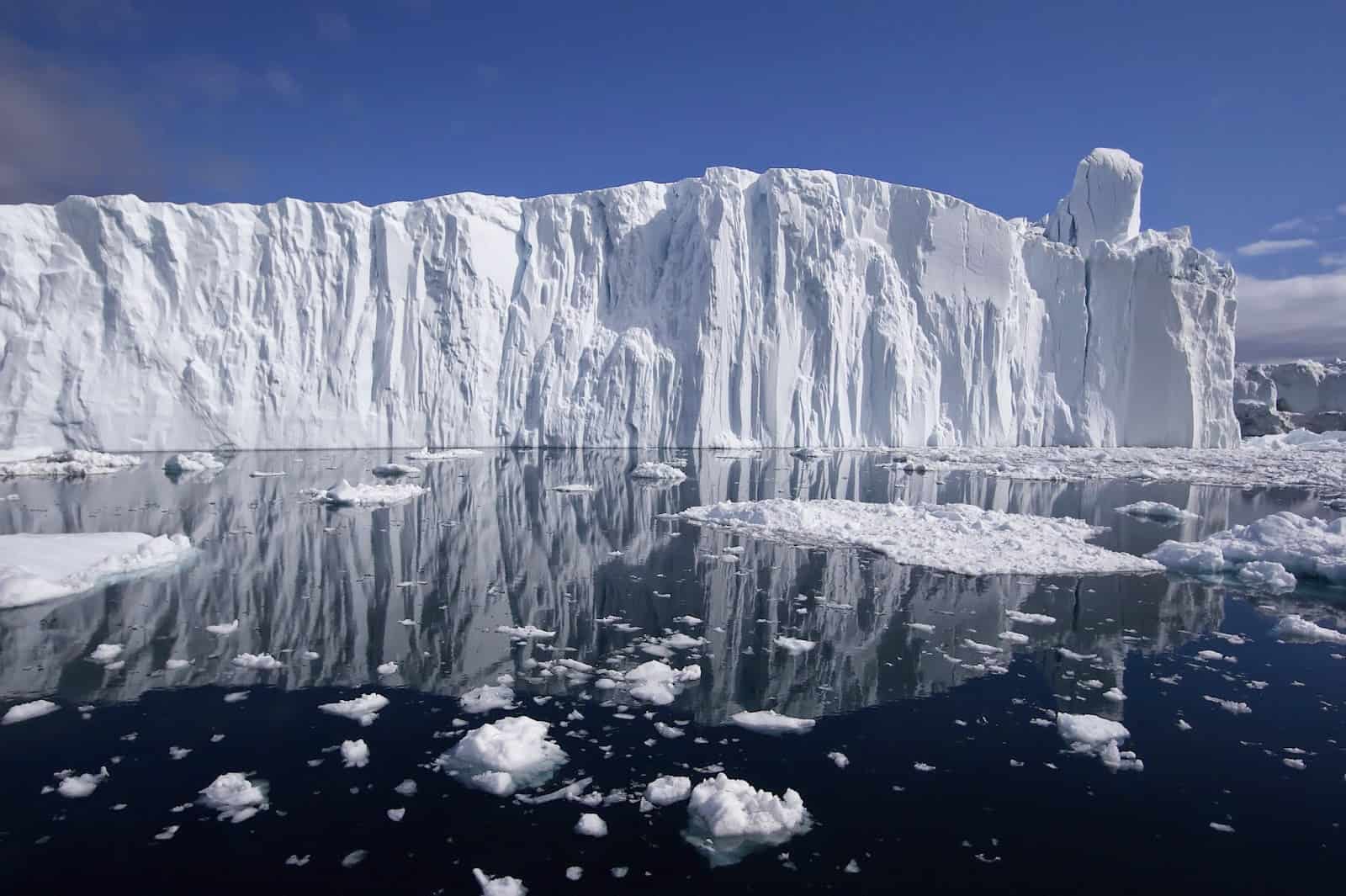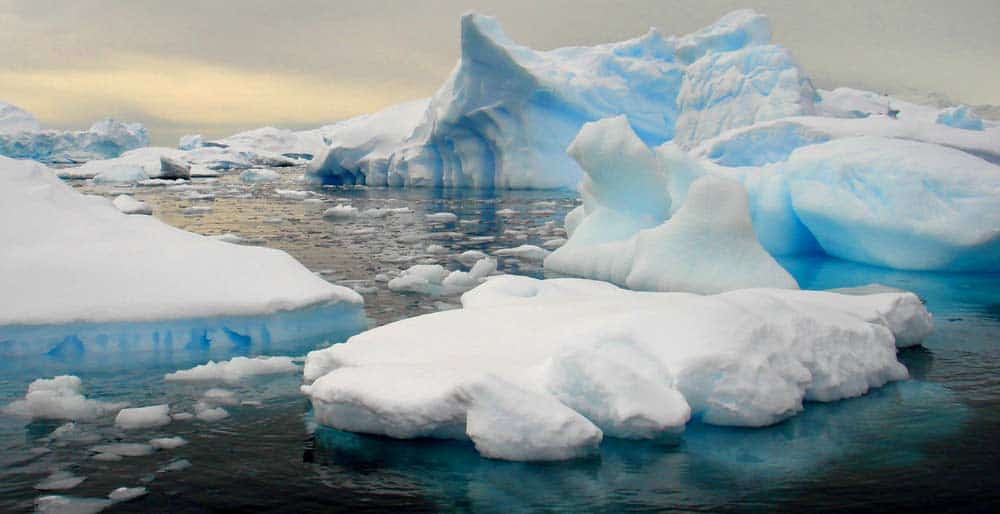
Imagine all the human race thinks they know at this point, and then fast-forward 100 years into the future. In 2114, the new generation will likely look back at this time in history and see 2014 as the year we – as a collective – learned that we may have irreversibly destabilized the great ice sheet of West Antarctica, and thus set in motion a more than 10-foot sea level rise.
2015 would likely be the year we then became aware of one gigantic glacier East of Antarctica which could likely do the same as the year before. Scary stuff, huh? Yet it’s reality, and the one that deserves attention as when the bottom of the world loses vast amounts of ice, those of us living closer to the top get more sea level rise than the rest of the planet… thanks to the law of gravity.
These findings about East Antarctica came from a recent paper just released by an international team of scientists representing the United States, Britain, France, and Australia. Covered in the Chicago Tirbune, number of researchers were flown over the Totten Glacier of East Antarctica – the fastest-thinning sector of the world’s largest ice sheet – and took a number of measurements to assess the reasons behind its retreat. What they found wasn’t good: Apparently the Totten Glacier is losing its ice because of how warm the ocean water underneath it is getting.
Says Martin Siegert, co-author of the study who is based at the Grantham Institute at Imperial College London, “The idea of warm ocean water eroding the ice in West Antarctica, what we’re finding is that may well be applicable in East Antarctica as well.”
As the Totten Glacier covers an area of 40 miles by 18 miles, the rate it is losing an amount of ice is “equivalent to 100 times the volume of Sydney Harbour every year,” notes the Australian Antarctic Division.
Alarming is a good word, as the glacier holds back a much more vast catchment of ice that, were its vulnerable parts to flow into the ocean, could produce a sea level rice of more than 11 feet. This amount is comparable to the impact from a loss of the West Antarctica ice sheet. And according to lead study author Jamin Greenbaum, PhD candidate at the University of Texas in Austin, that’s a “conservative lower limit.”
To formulate their hypothesis, the researchers used three separate types of measurements taken during their flights: gravitational measurements, radar, and laser altimetry. These helped them to get a glimpse of what might be happening beneath the massive glacier, whose ice shelves are more than 1,600 feet thick in places. Using radar, they could measure the ice’s thickness. At the same time, they measured the pull of the Earth’s gravity on the airplane to help determine just how far below that ice the seafloor was.
The result was the discovery of two undersea troughs or valleys beneath the ice shelf – regions where the seafloor slopes downward, allowing a greater depth of water beneath the floating ice. These cavities or subsea valleys, the researchers propose, may explain the glacier’s retreat. They could be allowing warmer deep waters to get underneath the ice shelf and accelerate its melting.

One of the canyons found is over three miles wide, in a region that was previously believed to simply hold ice lying atop solid earth. But dissimilar than once thought, researchers now suggest that the ice is instead afloat.
The observed melting and the availability of warm water, notes the study, “support the idea that the behavior of Totten Glacier is an East Antarctic analogue to ocean-driven retreat underway in the West Antarctic Ice Sheet (WAIS). The global sea level potential of 3.5 m flowing through Totten Glacier alone is of similar magnitude to the entire probable contribution of the WAIS.”
The one limitation of the study is that the researchers were unable to directly measure the temperature of ocean water that is currently reaching the glacier itself. While this could be done with robotic underwater vehicles or other methods, that wasn’t part of the study at this time. Hence, the conclusions are more focused on inferring the vulnerability of the glacier based on a number of different pieces of evidence – topped off by the fact that the glacier is, indeed, in retreat.
What does this mean for residents of the entire Northern Hemisphere? Well, that dire consequences are soon to be experienced. If Antarctica loses volumes of ice, that would translate into major contributions to sea level rise which would not be evenly distributed around the globe. The reason is the force of gravity. Antarctica is so massive that it pulls the ocean toward it, but if it loses ice, that gravitational pull will relax, and the ocean will slosh back toward the Northern Hemisphere – which will experience additional sea level rise.
For the United States, this means the amount of sea level rise could be 25% or more than the global average.
But even with the ocean-abutting glaciers of West Antarctica retreating, this does not mean that we will see anything near that level of rising in our lifetimes. These processes generally are expected to play out over hundreds of years or more. They would reshape the face of the Earth, but we will likely not live to see it.
The problem is, then, what kind of world we’re leaving to our children, grandchildren, and their children. Once such a gigantic geophysical process begins, it is hard to see how it comes to a halt. “With warming oceans, it’s difficult to see how a process that starts now would be reversed, or reversible, in a warming world,” said Siegert.


